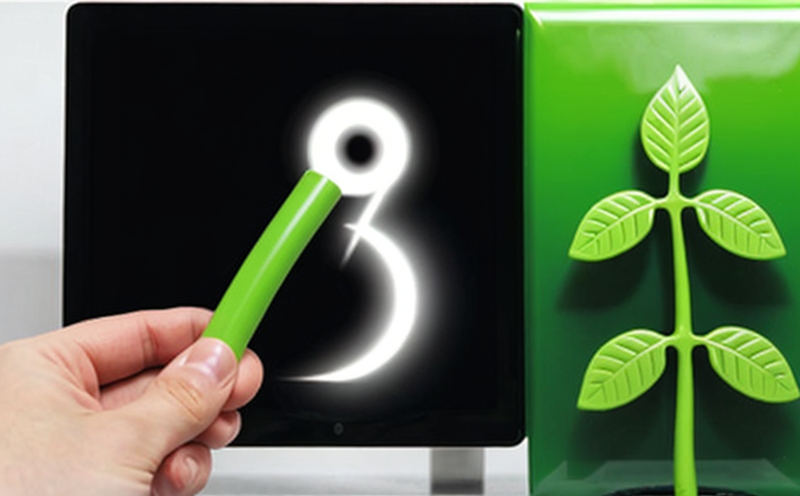EN 16798-2 Building Energy Performance Verification
The European Standard EN 16798-2 specifies the methods and procedures to verify building energy performance. This service is critical for ensuring that buildings meet their expected energy efficiency targets as defined in Part L of the UK Building Regulations or equivalent national standards across Europe.
This verification process involves detailed assessments of various components of a building, including its envelope, heating systems, cooling systems, ventilation, and lighting. By adhering to these stringent guidelines, we ensure that your property not only meets regulatory requirements but also performs optimally from an energy efficiency standpoint.
The first step in this process is the initial assessment of the building’s design documents and construction details against the specified criteria. This includes reviewing heating and cooling system specifications, ventilation designs, lighting layouts, insulation materials, and other relevant aspects. During this phase, we also assess the thermal performance calculations provided by architects or engineers.
Following the initial review, field measurements are conducted to gather empirical data about actual energy consumption patterns within the building. These measurements might involve monitoring temperature, humidity levels, air flow rates, and power usage in different parts of the structure. The collected data is then compared against theoretical predictions derived from the design documents.
Once all necessary information has been gathered, our team will analyze the discrepancies between expected performance based on the initial assessment and actual performance observed during field measurements. Any significant deviations indicate areas where improvements could be made to enhance overall energy efficiency.
The final report summarizing these findings provides actionable insights for enhancing energy efficiency in future projects or retrofitting existing structures. It outlines specific recommendations tailored towards addressing identified weaknesses while highlighting successes that should continue into subsequent phases of project development.
Our EN 16798-2 Building Energy Performance Verification service plays a pivotal role in ensuring compliance with stringent international standards like ISO, ASTM, and IEC. By adhering to these guidelines, you can rest assured knowing your building meets both legal requirements and industry best practices.
Benefits
- Enhanced Compliance: Ensures strict adherence to regulatory standards for energy efficiency verification.
- Improved Sustainability: Contributes towards greener, more sustainable building practices by identifying and addressing inefficiencies early on in the process.
- Cost Savings: Identifies opportunities to reduce operational costs through improved insulation, better HVAC systems, etc.
- Increased Value: Boosts property value as potential buyers or tenants see tangible improvements in energy efficiency and reduced utility bills.
International Acceptance and Recognition
The EN 16798-2 standard is widely recognized across Europe and beyond, ensuring consistency in methodology regardless of location. This acceptance extends to various countries including but not limited to Germany (DIN), France (NF), Italy (UNI), Spain (UNE), Portugal (PTE), Greece (NEN), Romania (ONORM), Turkey (TS), Israel (TUV), and others.
By utilizing this standardized approach, organizations involved in building construction or renovation can ensure their projects align with global trends towards increased sustainability and reduced carbon footprints. This not only enhances credibility but also opens up opportunities for international collaborations and exports.
Environmental and Sustainability Contributions
The verification process outlined by EN 16798-2 goes beyond mere compliance; it actively contributes to environmental sustainability goals set forth globally. Through rigorous testing and validation of building energy performance, this service helps minimize waste, reduce greenhouse gas emissions associated with heating and cooling processes, and promote the use of renewable energy sources.
Furthermore, by encouraging the adoption of advanced technologies and practices in building design and operation, EN 16798-2 supports broader initiatives aimed at creating more sustainable urban environments. This aligns perfectly with the United Nations Sustainable Development Goals (SDGs), particularly Goal 7 on affordable and clean energy.
Our commitment to sustainability extends beyond individual projects; we actively participate in research and development efforts focused on innovating next-generation solutions for enhanced energy efficiency and reduced environmental impact.





